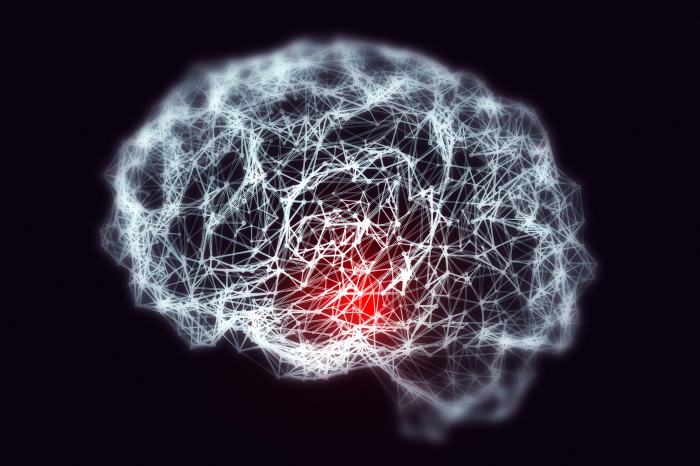If the immune cells falter, amyloid clumps, or plaques, injure nearby neurons and create a toxic environment that accelerates the formation and spread of tau tangles.
In a study, the researchers used mice prone to developing amyloid plaques and modified in various ways their TREM2 genes to influence the activity of their microglia. The result was four groups of mice: two with fully functional microglia because they carried the common variant of either the human or mouse TREM2 gene, and two with impaired microglia that carried the high-risk human TREM2 variant or no copy of the TREM2 gene at all.
The researchers then seeded the mice's brains with small amounts of tau collected from Alzheimer's patients. The human tau protein triggered the tau in mice to coalesce into tangle-like structures around the amyloid plaques.
The researchers also showed that people with TREM2 mutations who died with Alzheimer's disease had more tau tangle-like structures near their amyloid plaques than people who died with Alzheimer's but did not carry the mutation.
Drugs that enhance the activity of microglia by activating TREM2 already are in the pipeline. It soon may be possible to identify using a simple blood test people with amyloid buildup but no cognitive symptoms. For such people, drugs that break the link between amyloid and tau might have the potential to halt the disease in its tracks.
The findings were published on Monday in Nature Neuroscience.
More about: Alzheimer's brain
















































